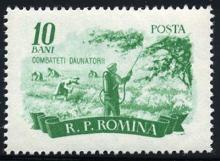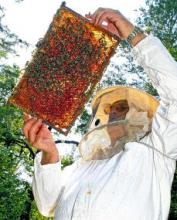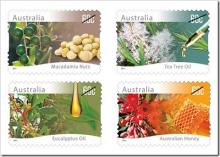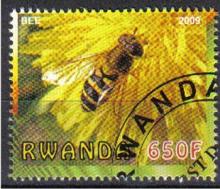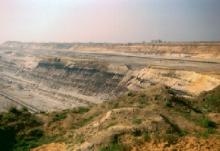De tulpen worden duur betaald
- Read more about De tulpen worden duur betaald
- Log in to post comments
In 2008 is in 40% van alle metingen van imidacloprid in het oppervlaktewater van het bloembollenteelt areaal een overschrijding gevonden, veruit het hoogste percentage sinds de start van de metingen in 2001. Overschrijdingen vinden vooral plaats in het ‘Noord-Hollands Zandgebied’ (57% van de metingen) en ‘Noord-Hollands Kleigebied’ (56%), beide in het gebied van het Hoogheemraadschap Hollands Noorder Kwartier (HHNK). Dit zijn de gebieden met het grootste areaal tulp, waarin het middel veel wordt ingezet. In de meetperiode 2003-2004 is imidacloprid voor het eerst in het meetnet bollenteelt normoverschrijdend aangetroffen. De hoogste gemeten concentratie van het voor bijen zeer giftige insecticide imidacloprid lag in 2005 meer dan 24000x boven de norm en in 2006 meer dan 15000x boven de norm. De bollenteelt concentreert zich in Nederland op zandgrond, dat zeer kwetsbaar is voor uitspoeling. Uit een recent RIVM rapport (bijlage) blijkt dat in de bollenteelt de hoeveelheid imidacloprid die in het oppervlaktewater terecht komt vooral bepaald wordt door drainage (ontwatering). Drainage is strikt noodzakelijk omdat een constant grondwaterpeil voor bollenteelt (bijvoorbeeld tulpen) zeer belangrijk is. De verantwoordelijkheid voor oppervlaktewaterverontreiniging met imidacloprid door de bollenteelt kan dus niet op de bollenboeren worden afgeschoven.


